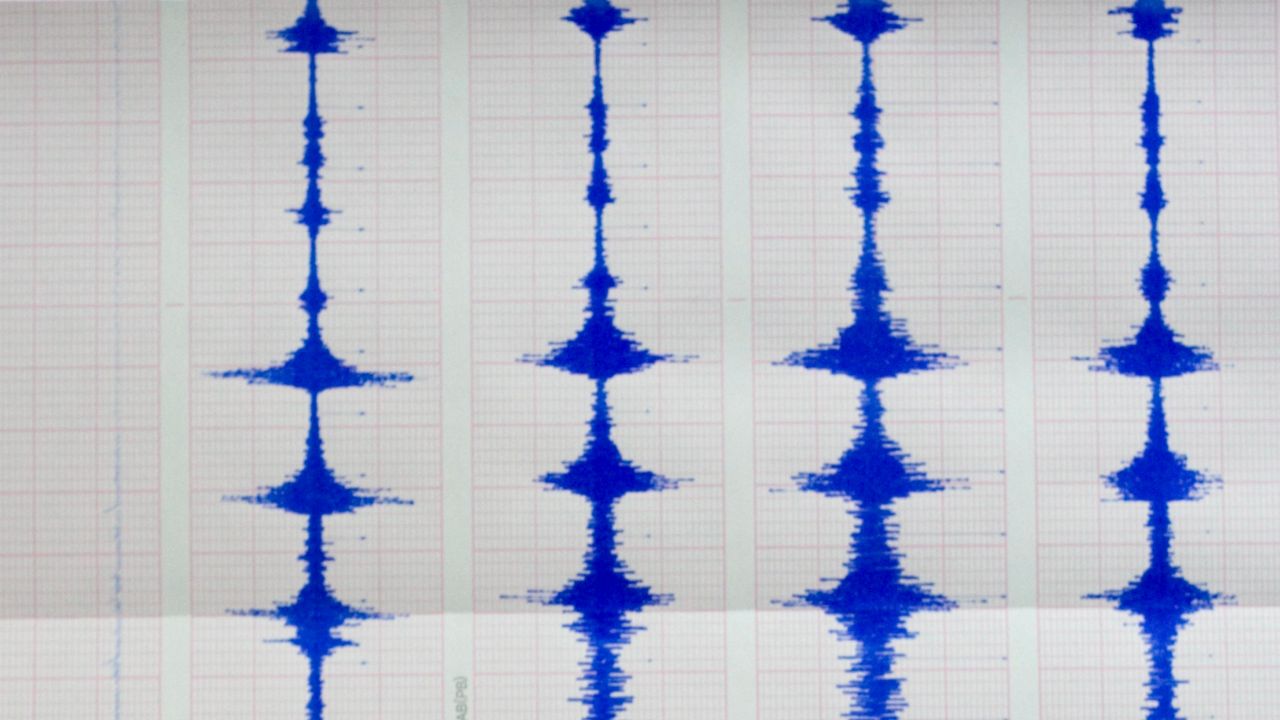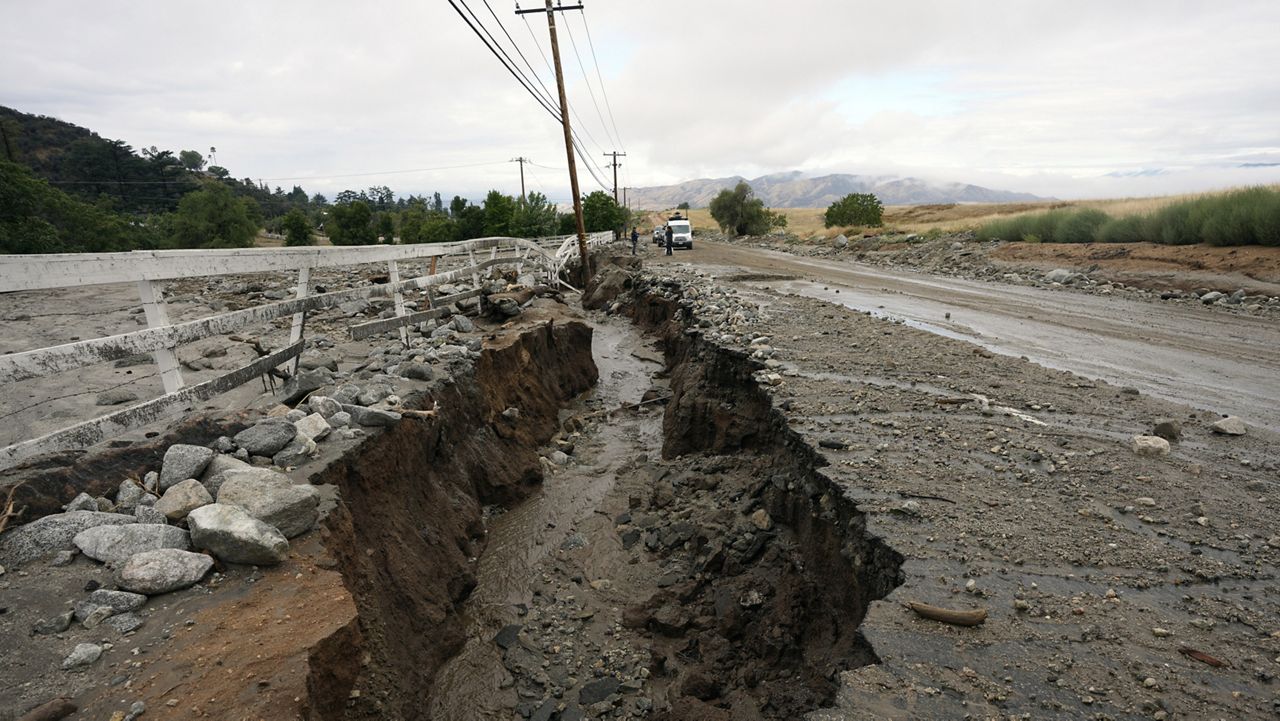Millions across Southern California and the Southwest hunkered down prior to Tropical Storm Hilary’s arrival.
While alerts warned the public about the significant rain threat and catastrophic flooding impact the rare and historic storm could bring, something else shook a part of the region by surprise- a magnitude 5.1 earthquake.
Intense storms already come with serious hazards- some which usually include the potential for powerful winds, heavy rainfall and flooding.
The region and intensity of some of these direct impacts could also trigger additional concerns, such as widespread power outages, and even the potential for mudslides and landslides.
An earthquake may not be top of mind, per se. Yet, a handful of ongoing studies argue that there could be a correlation between earthquakes and strong storms.
While 'earthquake weather' alone does not exist, the United States Geological Survey (USGS) states on their webpage that, “Very large low-pressure changes associated with major storm systems (typhoons, hurricanes, etc.) are known to trigger episodes of fault slip (slow earthquakes) in the Earth’s crust and may also play a role in triggering some damaging earthquakes. However, the numbers are small and are not statistically significant.”
The correlation between large storm systems and earthquakes thus seems apparent. But pinpointing why the two can cooccur sometimes remains ambiguous- and something that many institutions continue to explore.
Check out the video footage of the "hurriquake" that shook Southern California on Sunday, which was sent to us by Sama Sama Kitchen in Santa Barbara.
Researchers from Georgia Institute of Technology (Georgia Tech) noticed a delayed spike in aftershock quakes following the initial magnitude 5.8 earthquake that rocked the eastern U.S. back on Aug. 23, 2011.
Ironically, the unusual spike coincided perfectly with the passage of Hurricane Irene, just a few days after the main quake. This led the scientists involved with the study to believe the two were related.
Originally, they hypothesized that the uptick in aftershocks was due to drop pressure as the center of the storm moved near. However, under close examination, this didn’t exactly line up. The increase in aftershocks occurred just after Irene passed by.
Other scientist outside the study claim that other phenomenon, including tidal forces at that time, could also play a role, but the Georgia Tech researchers feel Irene was definitely an instigator in the event.

Another study from Florida State University observed that there was an increase in seismic activity on the sea floor near the Bahamas and in the Gulf of Mexico as tropical systems passed by.
However, researchers on the team found that the tremors picked up by seismographs were a result of turbulent waves (generated by the storm) interacting with the sea floor.
These 'stormquakes' that scientist on the study examined were small in scale and would be barely detectable if observed on land. But the most intense shakes can be comparable to a magnitude 3.5 quake.
The USGS also clarified that rain, in general, is not associated with destructive earthquakes, since rainwater can’t penetrate several kilometers into the ground.
Yet, other studies continue to investigate how heavy rainfall or drought conditions could still perhaps play a role, especially in areas where there are faults.
Given that Earth’s crust expands and contracts subtly during periods of wet and dry weather respectively, it seems fair to hypothesize that shifts between the two patterns could cause additional stress near fault lines.
The USGS gives credit research done from Stony Brook University that specifically compared ground changes in expansion and contraction with precipitation patterns in California.
The study found that during years with exceptional precipitation, the variations in stress on faults were greater- which could increase the odds slightly for smaller quakes in some places.
Even though there is no confirmation that Hilary triggered the quake in Southern California, it is reasonable to at least entertain the thought.
Our team of meteorologists dives deep into the science of weather and breaks down timely weather data and information. To view more weather and climate stories, check out our weather blogs section.



